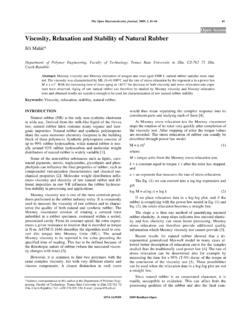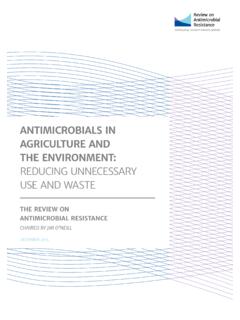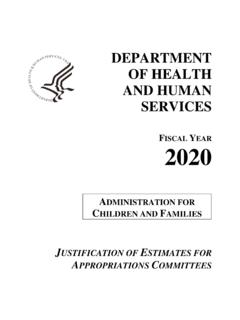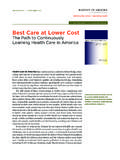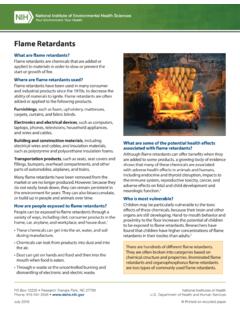Transcription of A Review on Impacts of Genetically Modified Food on Human ...
1 The Open Nutraceuticals Journal, 2011, 4, 3-11 3. Open Access A Review on Impacts of Genetically Modified Food on Human health Charu Verma1, Surabhi Nanda2, Singh3, Singh4 and Sanjay Mishra1,2,*. 1. Department of Biotechnology & Microbiology, Institute of Foreign Trade & Management, Lodhipur Rajput, Delhi Road, Moradabad 244001, , India 2. Department of Biotechnology, College of Engineering & Technology, IFTM Campus, Lodhipur Rajput, Delhi Road, Moradabad 244001, , India 3. Kumaon Engineering College, Dwarhut, Uttarakhand Technical University, Dehradun, Uttarakhand, India 4.
2 Halberg Hospital & Research Center, Civil Lines, Moradabad 244 001, , India Abstract: Biotechnology offers a variety of potential benefits and risks. It has enhanced food production by making plants less vulnerable to drought, frost, insects, and viruses and by enabling plants to compete more effectively against weeds for soil nutrients. In a few cases, it has also improved the quality and nutrition of foods by altering their composition. However, the use of biotechnology has also raised concerns about its potential risks to the environment and people.
3 For example, some people fear that common plant pests could develop resistance to the introduced pesticides in GM crops that were supposed to combat them. Genetic engineering provides a means to introduce genes into plants via mechanisms that are different in some respects from classical breeding. A number of commercialized, Genetically engineered (GE) varieties, most notably canola, cotton, maize and soybean, were created using this technology, and at present the traits introduced are herbicide and/or pest tolerance. Gene technology enables the increase of production in plants, as well as the rise of resistance to pests, viruses, frost, etc.
4 Gene transfer is used to modify the physical and chemical composition and nutritional value of food. Gene transfer in animals will play a part in boundless possibilities of improving qualitative and quantitative traits. The yield, carcass composition and meat characteristics the use of nutritive substances ? not sure what is being said here?, and resistance to diseases can be improved. On the other hand, negative effects of gene technology on animals, Human , and environment should be considered. The present Review article is the compilation of various studies that present both positive and negative Impacts of Genetically Modified food on Human health .
5 Keywords: Bacillus thuringiensis, Genetically Modified food, Gene Technology, Human health , Pharmaceutical Drugs, transgenic plants. INTRODUCTION genes or pathways are most likely regulated by microRNA. [1-4]. The prevalence and mortality due to multifactorial Genetically Modified organisms (GMOs) are defined as polygenic diseases; hypertension, coronary artery disease organisms (except for Human beings) in which the genetic (CAD), diabetes and cancer vary depending upon genetic material has been altered in a way that does not occur susceptibility and environmental precursors because they naturally by mating and/or natural recombination.
6 GMOs have identifiable Mendelian subsets. Rapid changes in diet have widespread applications as they are used in biological and lifestyle may influence heritability of the variant and medical research, production of pharmaceutical drugs, phenotypes that are dependent on the nutraceutical or experimental medicine, and agriculture. The use of gene functional food supplementation for their expression. It is technology in food production has become interesting due to possible to recognize the interaction of specific nutra- increased needs of food as well as its improved quality.
7 With ceuticals, with the genetic code possessed by all nucleated the application of gene technology to plants and animals, cells. There is evidence that South Asians have an increased goals can be achieved more quickly than by traditional susceptibility to CAD, diabetes mellitus, central obesity and selection. Consequently, ethical dilemmas are opened insulin resistance at younger age, which may be due to concerning the eventual negative effects of production of interaction of gene and nutraceutical environment [5]. The Genetically Modified food.
8 It seems that supplementation of negative consequences can affect the health , environment, nutraceuticals and wild foods as well as wild lifestyle may be etiology, society and ethics [6]. protective, whereas western diet and lifestyle may enhance the expression of genes related to chronic diseases. Our TECHNOLOGY TO PRODUCE Genetically . Modified ORGANISMS. *Address correspondence to this author at the Department of Biotechnology, College of Engineering & Technology IFTM Campus, Delhi Road, Moradabad Several methods of production of Genetically Modified 244001, , India; Tel: +91-591-2360817; Fax: +91-591-2360818; organisms (GMO) are known.
9 The foreign gene that has E-mail: been inserted into the cell of a microorganism, a plant or an 1876-3960/11 2011 Bentham Open 4 The Open Nutraceuticals Journal, 2011, Volume 4 Verma et al. animal is called a transgene. It is integrated into the genome Herbicide tolerance: Crop plants Genetically -engineered of the recipients which are called transgenic. The transgenes to be resistant to one very powerful herbicide could help to are genes with known traits or mutated variants of known prevent environmental damage by reducing the amount genes.
10 In most cases also marker genes are used because of of herbicides needed. For example, Monsanto has created identification of transgenic organism. The integration of a strain of soybeans Genetically Modified to be not affected transgene into the cell is carried out by different methods: (a) by their herbicide product Roundup. A 2010 study has Transduction with the use of bacteriophages (b) Transgene found that long-term exposition to environmental relevant injection using pronuclear microinjection [7]; (c) Transfer concentrations of a Roundup formulation causes metabolic using Modified viruses and plasmids (d) Electroporation disruption in Leporinus obtusidens [11].
